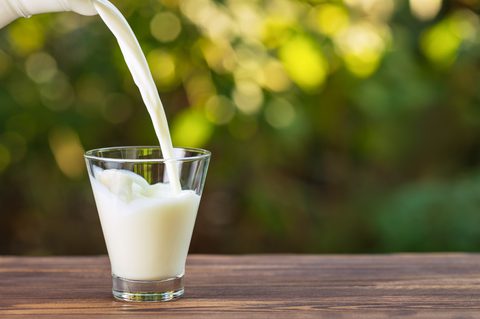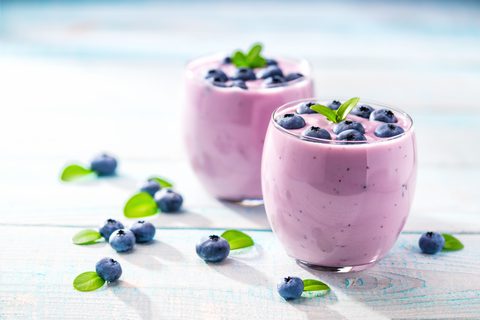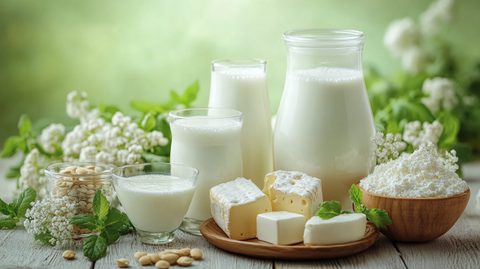

Navigating the Future of Dairy
Innovation, Adaptation and the Enzyme Advantage
The dairy industry stands at a fascinating crossroads. As global markets shift, consumer demands evolve, and sustainability becomes a commercial imperative, processors are being pushed to rethink everything from formulation to function. In this dynamic environment, enzymes are no longer just a processing aid; they’re becoming a strategic asset.
Key Trends Reshaping Dairy Production
1. The Clean Label Movement - Today’s consumers are reading labels with a keen eye, demanding transparency, minimal processing, and fewer additives. Enzymes offer a natural solution: they help improve texture, extend shelf life, and reduce the need for synthetic stabilisers all without compromising quality. For dairy manufacturers, this is a game-changer in developing clean-label yoghurts, cheeses, and lactose-free options that meet both consumer expectations and regulatory standards.
2. Growing Demand for Digestibility and Personalisation - Lactose intolerance, protein sensitivities, and broader interest in digestive health are influencing product development. Enzymes like lactase are enabling the creation of high-performance, lactose-free dairy that doesn't sacrifice taste or nutrition. At the same time, enzyme-enabled protein modification is opening new doors for personalised nutrition and high-protein innovations.

3. Sustainability Under the Microscope - Sustainability is no longer a nice-to-have it’s essential. Water usage, energy intensity, and food waste are all key pressure points. Enzymes support sustainability goals by improving process efficiency, reducing whey waste, and enabling higher yields in cheese and yoghurt production. The environmental and cost benefits are considerable, particularly for large-scale processors.
4. Innovation in Fermentation and Hybrid Products - Fermented dairy is experiencing a renaissance, driven by consumer interest in gut health and culinary diversity. Meanwhile, the rise of hybrid and alternative dairy (e.g., dairy combined with plant-based ingredients) poses both a challenge and an opportunity. Enzymes play a pivotal role in managing flavour, texture, and stability in these new formats.

Key Challenges Facing the Industry
1. Regulatory Uncertainty - Global markets mean varied and evolving enzyme regulations. Staying compliant while innovating at speed requires deep technical knowledge and strong partnerships. For manufacturers, the right enzyme supplier isn’t just a vendor it’s a compliance ally.
2. Cost Pressures - Volatile milk prices, energy costs, and supply chain disruptions are squeezing margins. Enzymes help alleviate some of these pressures by optimising yields and streamlining processing, but upfront cost sensitivities remain a hurdle for some processors.
3. Skill and Knowledge Gaps - As dairy processing becomes more technical, there’s a growing need for cross-functional knowledge from food science to microbiology to process engineering. Enzyme applications require specialist understanding, which is why manufacturers benefit from working closely with partners who can offer both product and process expertise.
The Way Forward: Collaboration and Innovation
The future of dairy is about more than milk. It’s about aligning innovation with evolving consumer values health, sustainability, and trust. Enzymes, while microscopic, have a massive role to play. As industry leaders, we must champion smarter, more adaptable technologies that enable dairy producers to not only keep up, but lead.
By combining scientific innovation with strategic collaboration, we can help our partners unlock the full potential of their dairy lines. The challenges are real but so is the opportunity.